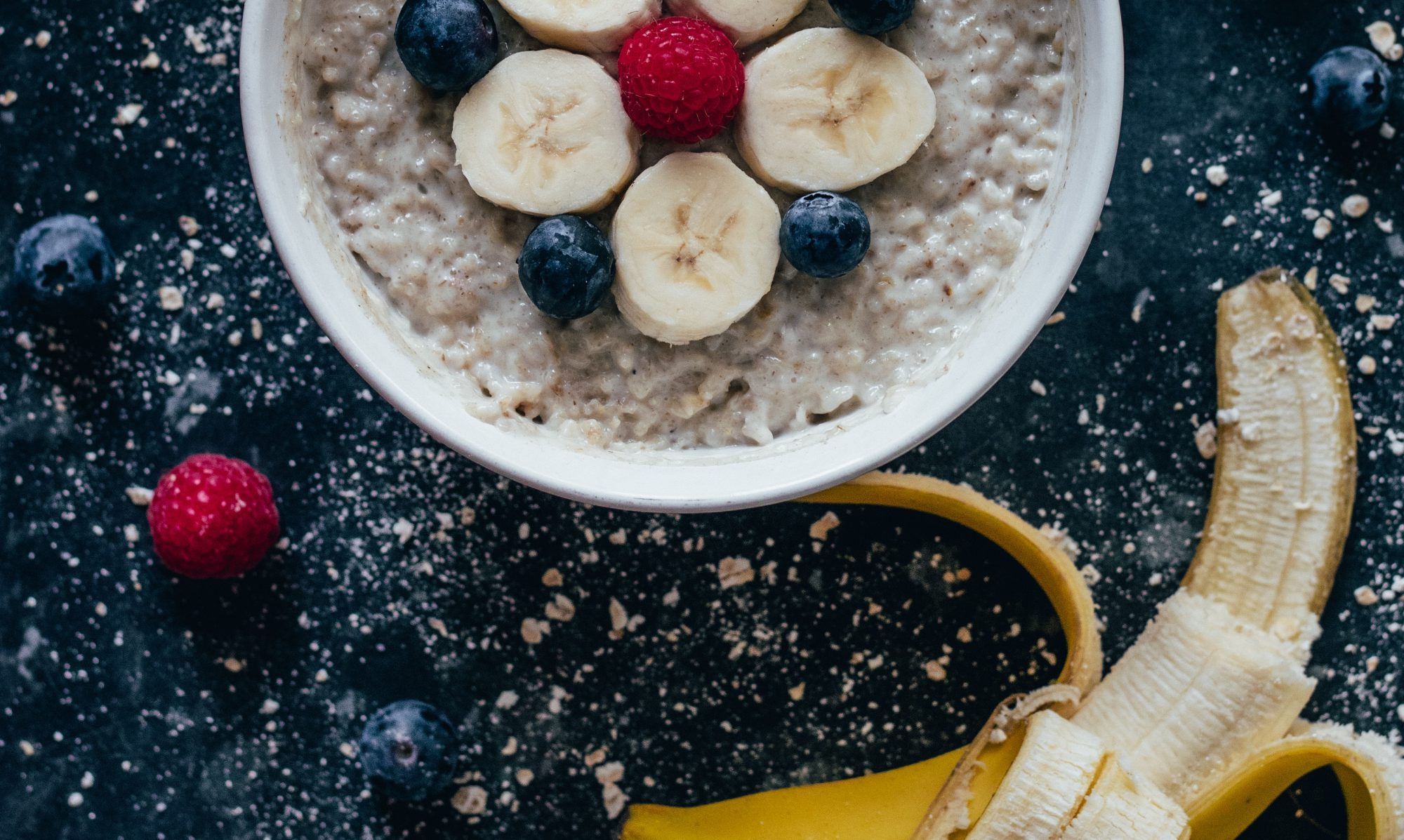Q: Is sunflower oil OK to use if not heating it, just using on a salad? “Anne in Cincinnati”
A: First a little background on dietary fats. Consuming too much omega-6 and too little omega-3 leads to an imbalance of signaling molecules (prostaglandins) that causes inflammation.
National surveys show that Americans are consuming too much omega-6 fatty acids from soy, corn, safflower, and other vegetable oils.
So the key is to find a balance and for the average American that means replacing oils rich in omega-6 fatty acids with oils rich in omega-3 fatty acids.
Back to your question.
Sunflower oil is rich in omega-6 fatty acids so it is okay to have in moderation and I encourage you to dress your salad with other oils that are rich in anti-inflammatory and heart healthy fatty acids.
The most nutritious oils for salads are rich in oleic acid (omega-9) or alpha linoleic acid (omega-3), are unrefined and unfiltered (look for cold pressed on the label). I would recommend dressing your salad with extra virgin olive oil (75 percent heart-healthy oleic acid), flaxseed oil (57 percent anti-inflammatory alpha linoleic acid), fresh avocado or avocado oil (71 percent oleic acid), or almonds (30 percent oleic).
A note about unrefined oils: They should be kept in a dark, cool spot and should not be used for sautéing.
